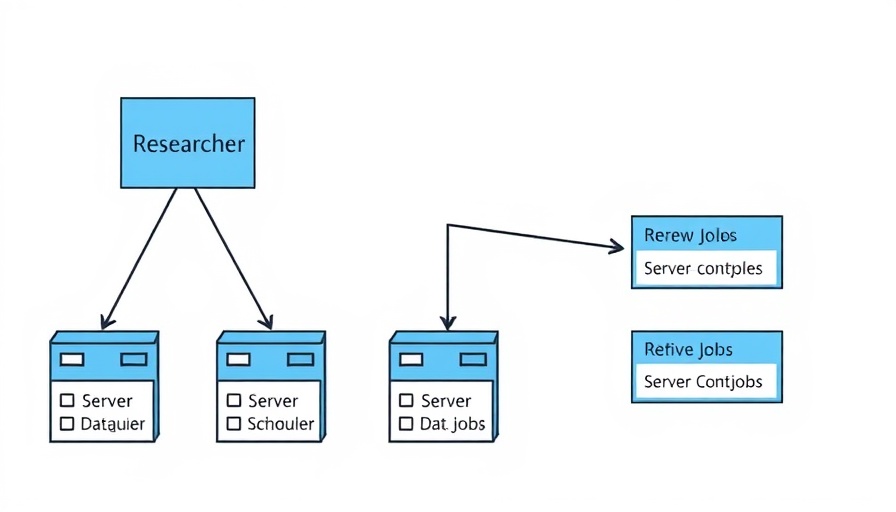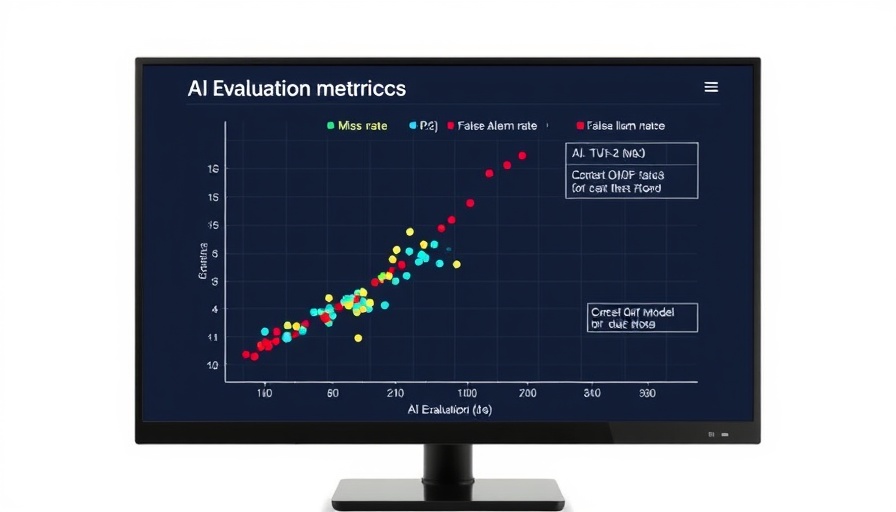
Understanding the Evolving Landscape of Security Infrastructure
As we delve deeper into the technological advancements heralded by the impending singularity, novel security-critical infrastructure takes center stage. With the rapid advancement of artificial intelligence, the need for robust frameworks to protect sensitive data and systems is more crucial than ever. The singularity, a point where artificial intelligence surpasses human intelligence, poses unprecedented challenges and opportunities. This not only alters the way we engage with technology but also necessitates a reevaluation of existing security measures to keep pace with the evolving threat landscape.
The Importance of Hardware Adaptations
One significant concern highlighted in ongoing discussions is the necessity for adopting new hardware. As companies like Google or NVIDIA ramp up their efforts during the singularity, the acquisition of existing hardware components like GPUs, CPUs, and other accelerators becomes inevitable. During this frantic procurement, it is crucial that infrastructures are flexible enough to adapt to heterogeneous clusters of vastly different hardware types.
With AI companies rapidly purchasing technology—from gaming GPUs to specialized processors—modifying security-critical code becomes a challenge. The integration of diverse hardware can pose compatibility issues, making it imperative to develop infrastructure that can swiftly incorporate these changes without compromising security.
Challenges in Implementation
The shift toward novel security infrastructure brings its own set of challenges. One such challenge is recognizing that existing frameworks may not be equipped to handle the sudden influx of varied technology. The manual adaptations required can lead to vulnerabilities if not addressed promptly, creating potential entry points for malicious actors. This underscores the importance of proactive planning and investment in adaptive technologies that can seamlessly integrate new hardware.
Parallel Examples and Their Lessons
History has shown us significant breaches often arise from lapses in adapting technology. For instance, the infamous Equifax data breach in 2017 highlights how an unprepared infrastructure can lead to catastrophic consequences. The breach, which compromised sensitive personal information of approximately 147 million people, stemmed from failure to patch a known vulnerability in a timely manner. This serves as a critical reminder that vigilance and forward-thinking strategies are key components that tech leaders must prioritize as we move towards an uncertain future.
Future Insights and Opportunities
Looking ahead, the landscape of security-critical infrastructure is set to transform rapidly. However, this is not solely a challenge but an opportunity for organizations to innovate. Forward-thinking professionals must ensure that their strategies include the adoption of resilient systems which can respond and adapt to unforeseen changes. Investing in AI-driven security protocols can enable companies to not only counter threats but to stay a step ahead of potential vulnerabilities, enhancing the overall security posture of their businesses.
Conclusions and Moving Forward
As we brace for the singularity, the clear consensus is that novel security-critical infrastructure will be paramount. CEOs and decision-makers must prioritize an adaptable and forward-looking approach to ensure that their organizations remain secure and competitive in the continuously evolving digital landscape. The responsibility lies in recognizing the symbiotic relationship between innovation and security; investing in one must not come at the expense of the other.
In light of these insights, it’s essential for tech leaders to take action today. Embracing an integrated security strategy, with a focus on adaptability to new technologies, will be vital to not only surviving but thriving in the era of AI transformation. Reassessing current frameworks will undoubtedly lead to resilience in the face of burgeoning challenges and an uncertain future.
 Add Row
Add Row  Add
Add 




 Add Row
Add Row  Add
Add 

Write A Comment